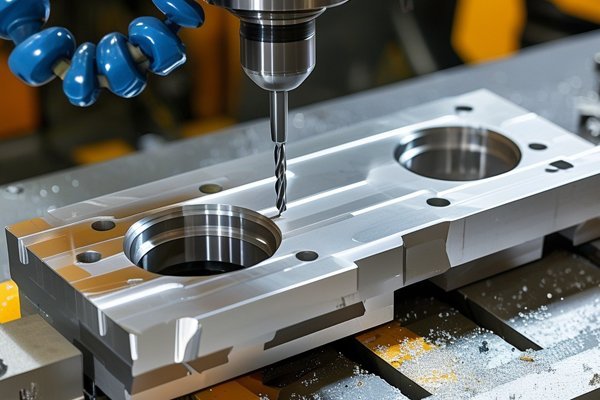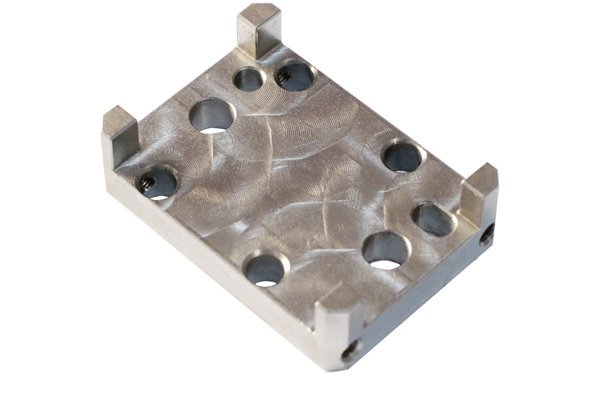Opening: A Transformative Process
Did you know that the longevity and performance of mechanical components can be significantly enhanced by applying the right surface treatment? In CNC (Computer Numerical Control) machining, surface treatment is more than just an additional step; it is a transformative process that modifies the physical and chemical properties of parts. This not only improves durability and functionality but also affects the long-term operational efficiency of engineered products. As industries strive for greater efficiency and sustainability, understanding the impacts of surface treatment becomes more critical than ever.
—
The Importance of Surface Treatment in CNC Machining
CNC machining is celebrated for its precision and versatility, producing parts from various materials with high levels of accuracy. However, once these components are manufactured, they often require additional processes to enhance their performance characteristics. This is where surface treatment comes into play.
What Are Surface Treatments?
Surface treatments involve various processes aimed at modifying the surface characteristics of a material without altering the bulk properties too much. Common surface treatments include:
Each of these treatments serves a specific purpose, and their impact on the physical and chemical properties of CNC parts can be profound.
—
Effects on Physical Properties
The physical properties of a part, such as hardness, wear resistance, and coefficient of friction, significantly impact its performance. Here’s how various surface treatments affect these characteristics:
Surface treatments like case hardening and nitriding can dramatically increase the hardness of CNC machined parts. For instance, case hardening involves adding carbon to the surface layer of steel parts, which increases hardness and wear resistance while maintaining the ductility of the core.
Treatments such as anodizing aluminum parts create a durable and wear-resistant oxide layer. This layer not only enhances the material’s overall lifespan but also minimizes the risk of component failure due to wear.
Polishing significantly reduces the coefficient of friction, increasing the efficiency of components that experience sliding or rotating motion. This is crucial in industries like automotive and aerospace, where friction can lead to energy loss and increased wear.
—
Effects on Chemical Properties
In addition to physical characteristics, surface treatments also affect the chemical properties of parts, especially in terms of corrosion resistance and chemical reactivity.

One of the most significant benefits of surface treatments like coating and anodizing is enhanced corrosion resistance. For example, anodized aluminum can withstand harsh environments, making it ideal for aerospace applications.
Certain surface treatments can also change how a part interacts with different chemicals. For example, electroplating parts with materials like gold can enhance their resistance to corrosion from acid exposure, making them more suitable for electronic applications.
—
Selecting the Right Surface Treatment
Choosing the correct surface treatment for CNC parts is vital to ensure that they meet specific performance requirements. Here’s a strategic approach to make the right selection:
Understanding the intended application of the CNC parts is the first step. Components used in corrosive environments will require different treatments than those subjected to high wear conditions.
Not all surface treatments are compatible with every material. For instance, anodizing is specifically used for aluminum and does not apply to steel components effectively. Evaluating material properties ensures better outcomes.
While some treatments may be more costly upfront, the long-term benefits they provide—such as increased longevity and reduced maintenance—often outweigh these costs. A thorough cost-benefit analysis can guide the selection process.
—
Innovations in Surface Treatment Technologies
As technology advances, the field of surface treatment continues to evolve. Recent innovations have refined and expanded treatment options, driving improved performance in CNC machined parts.
Plasma spraying technology allows for the deposition of various materials onto part surfaces. This technique can create robust coatings that enhance wear and corrosion resistance without adding significant thickness.
Laser surface treatment, including laser hardening and laser cladding, is becoming more prevalent. This method achieves localized surface modifications while maintaining the bulk properties of a part, enabling high precision.
The integration of nanotechnology in surface treatments can lead to even more exceptional outcomes. Nano-coatings can provide superior scratch resistance, anti-reflective properties, and reduce wear rates to unprecedented levels.
—
: Why Understanding Surface Treatment Matters
In summary, surface treatments play a critical role in enhancing the physical and chemical properties of CNC machined parts. By understanding these impacts, manufacturers can make informed decisions that lead to improved durability, efficiency, and lifespan of components.
The importance of surface treatment extends beyond operational efficiency; it influences sustainability and cost-effectiveness in the long run. As global industries continue to innovate, the drive to develop more reliable and efficient CNC machined parts will deepen the focus on proper surface treatment selection.
Whether you are looking to improve a product’s performance in a specific environment or seeking ways to reduce maintenance costs, understanding the impact of surface treatments is a crucial factor that can lead to significant advancements in product quality and operational success. Therefore, it’s time for all stakeholders in the manufacturing chain to keep these advancements at the forefront of their strategies to ensure they remain competitive in an evolving market landscape.






